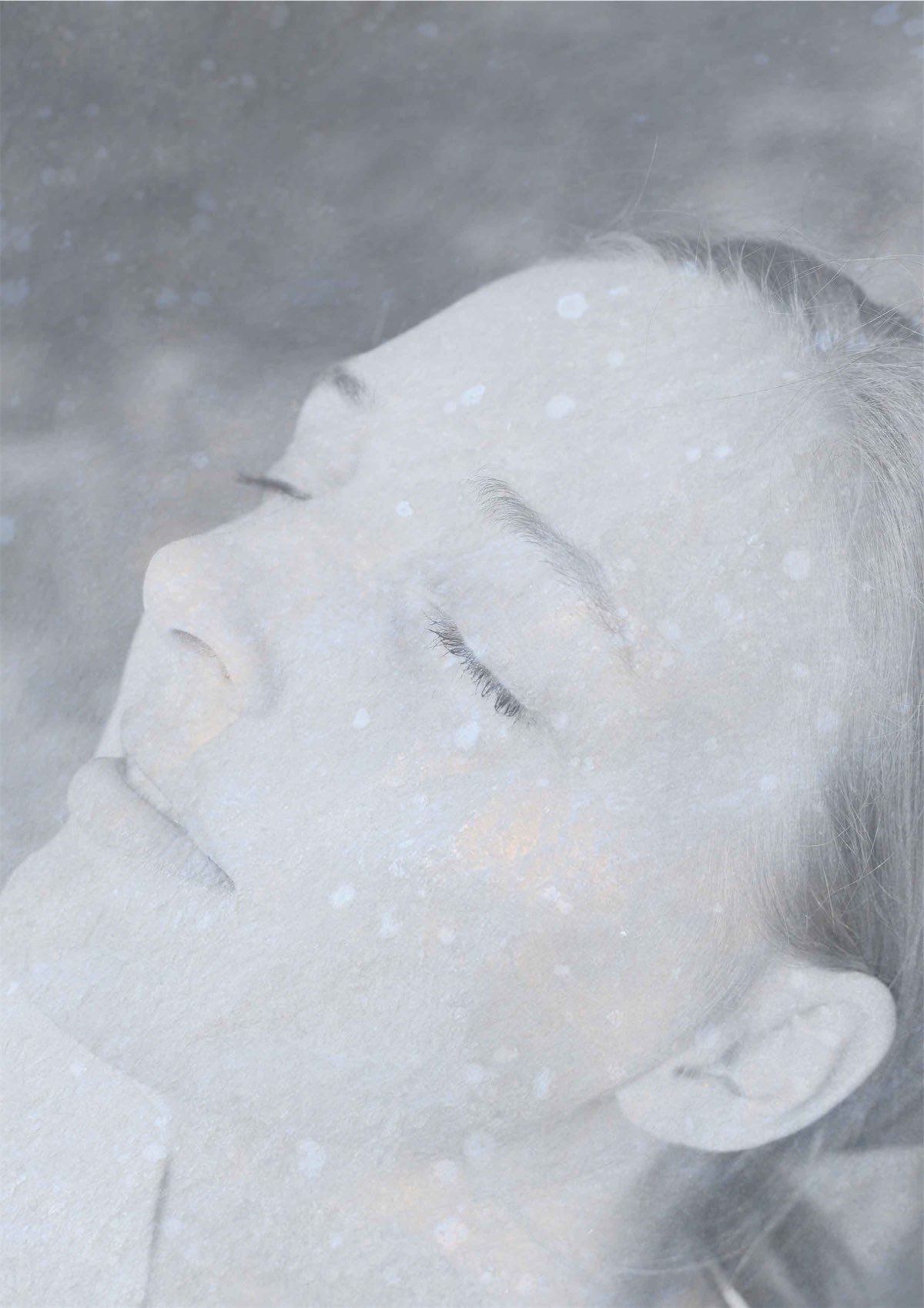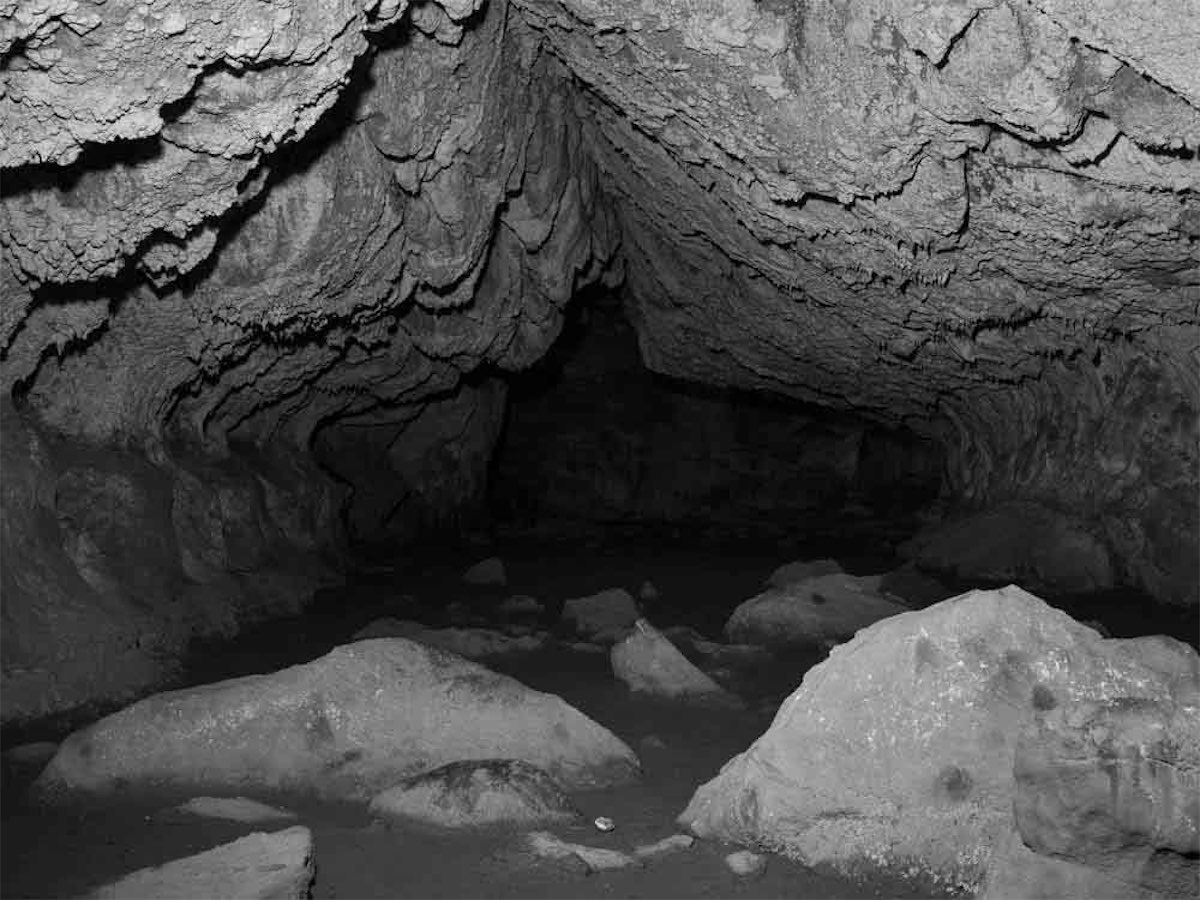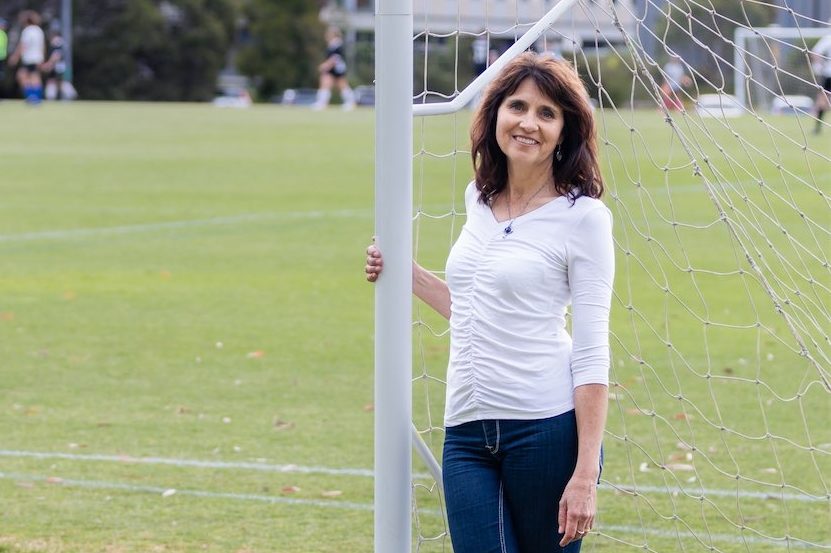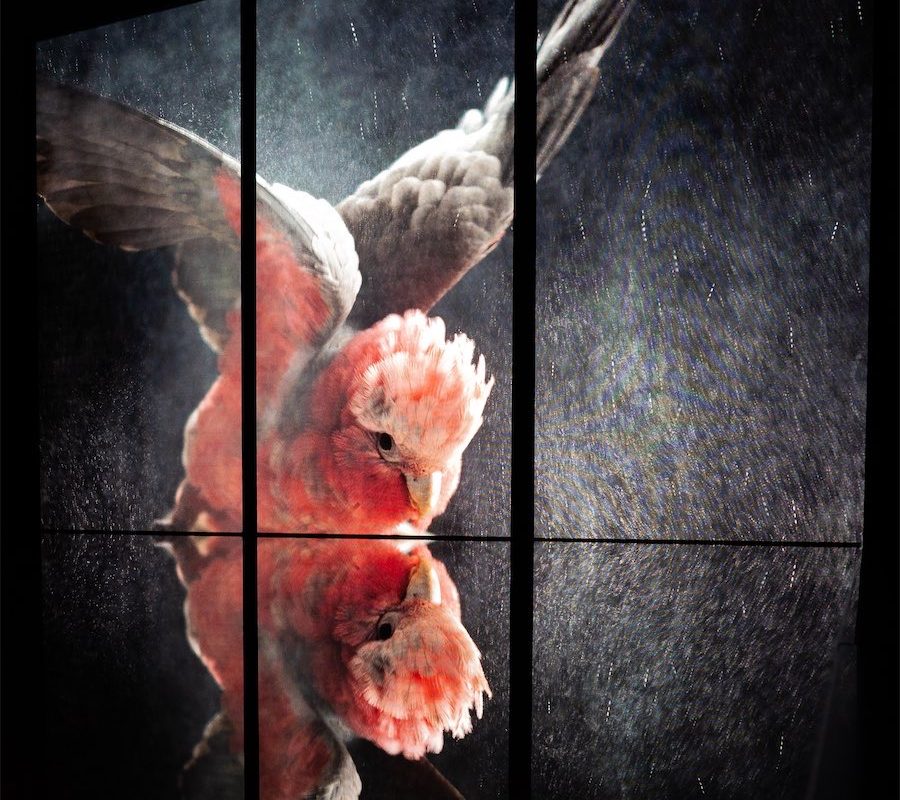Photography / Three solo exhibitions at Photo Access: “Selected Urban Works” by William Broadhurst, “Fantasy Collision” by Gabrielle Hall-Lomax and “Reverberation Time” by Jamie Hladky, at the Huw Davies Gallery until April 9. Reviewed by CON BOEKEL
IN his exhibition launch speech David Hempenstall quoted Robert Adams who, writing of photographers and their photography, stated, “they are alive by it”.
How alive are these exhibitions?

BROADHURST creates tensions between representational and abstract photography. His field is suburban Campbelltown. His subjects are the built environment and the people who dwell in it.
There is a paradox here. At first glance Broadhurst’s photos look like bad photos. But he is a highly-skilled photographer. What is going on?
He shoots handheld using a 600mm lens with a 2x adaptor. He shoots from unusual viewpoints. He shoots black and white film. Within that framework he manipulates shutter speed, f stop and ISO. At times he moves the lens as if it were a brush. He may then crop the results. The long lens and the high and low-angle viewpoints distort and narrow the planes, as in the man collecting used bottles in a supermarket trolley in “Untitled #3”. The compositions make excellent use of urban lines and surfaces. Influences, reflected in the works, range from Clarice Beckett to Patrick White.
The resolution of the paradox is a wonderfully creative suburbscape. The scenes are both familiar and slightly off-balance. The overall feel is a grainy film noir. The flattened humans blend into the environment. The photographer and the viewer are fully engaged in the pathos of their lives.

IN a natural world deranged by human activity, Hall-Lomax seeks to unify nature, body and psyche. A tall order! As a first step on this path HALL-LOMAX inverts the global scale to an intimate scale and a narrow focus – the works are small in size and in number.
The pictorial approaches vary from the literal to the imaginative. Various techniques are used to generate images that are then turned into inkjet prints. At the more inventive end, multiple images are merged to generate a single, final output. Individual layers may include images on film or watercolour on paper, with the merged layers digitised and printed. Unification is achieved through the association of sets of prints or through layering into a single print. Curation is therefore particularly important in this exhibition. The works are here given space to live and breathe either separately or in groups.
Hall-Lomax is interested in magic and here she produces some of her own. The high key “Skin and Stone” works wonderfully well. There are two layers. The first is a photo of a woman’s face. The second is a watercolour of a stone. The two images are merged in a way that works towards the conceptual unification that Hall-Lomax seeks. The result is serene.

HLADKY exhibits black and white images of an abandoned house, limestone caves and an abandoned mine. There are no human figures. The feel is archaeological. Evidence includes square cuts in the rocks of the mine, the stub of a souvenired stalactite, and the decaying house. Three themes intertwine: deep time, the existential transience of humanity and the meaningless of life. Long after the house and humanity are dust, the limestone caves will still be there.
The viewpoints are eye height and square on. The tight framing of the images in enclosed spaces give us no visual way out. What we see is what we are going to get: we are in adit to eternity. Hladky uses flash photography deftly. In the caves the flash highlights the immediate surrounds, leaving a yawning dark abyss.
This is seriously good photography about serious subjects. I found myself musing about the camera as a tool for documentation as opposed to it being a jaunty weapon of human defiance in the face of the inevitable.
The three artists here are truly alive by their photography.
Who can be trusted?
In a world of spin and confusion, there’s never been a more important time to support independent journalism in Canberra.
If you trust our work online and want to enforce the power of independent voices, I invite you to make a small contribution.
Every dollar of support is invested back into our journalism to help keep citynews.com.au strong and free.
Thank you,
Ian Meikle, editor




Leave a Reply